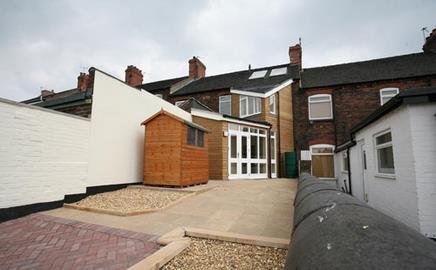Victorian housing has always posed a problem for environmentally-minded retrofitters, but the winner of this award may have found the answer
- News

All the latest updates on building safety reformRegulations latest
- Focus

All the latest updates on building safety reform



2008-01-01T00:00:00+00:00

Victorian housing has always posed a problem for environmentally-minded retrofitters, but the winner of this award may have found the answer

2008-11-18T13:59:00Z
The shortlists for tonights’ awards feature the biggest names in the built environment

2026-01-08T13:08:00Z By Carl Brown
Cheshire-based housebuilder increases turnover and completions

2026-01-08T12:44:00Z By Dave Rogers
Scheme to be third phase of wider 2,200-home redevelopment of 1960s Carpenters Estate

2026-01-08T12:42:00Z By Dave Rogers
Firm, which is bidding £37bn NHP programme, ooking to expand business in sector
